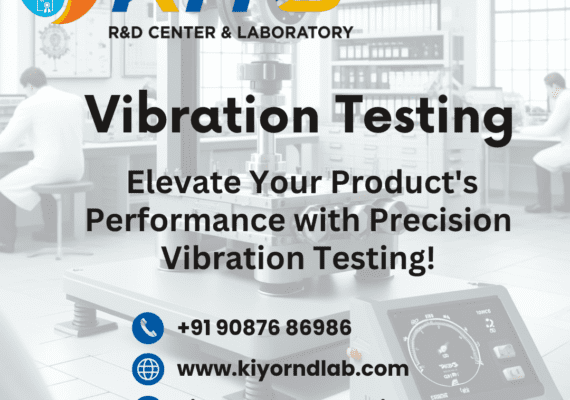
Vibration testing simulates the conditions that products will face during their operational lifecycle. It subjects products to controlled vibratory stimuli to understand how they behave and identify potential failure points.
The process involves mounting the test item on a vibration test machine or shaker. The shaker is controlled by a computer to generate specific vibration patterns.
Sine Testing
Random Testing
Shock Testing
Environmental Stress Screening (ESS)
Vibration testing ensures aircraft components can handle in-flight turbulence, takeoff, and landing shocks. Military equipment undergoes rigorous testing to endure extreme conditions.
Simulating the stresses of road conditions, vibration testing helps assess the reliability of parts like suspension systems, electronics, and safety features.
Testing helps manufacturers ensure that phones, laptops, and other gadgets can handle transportation and everyday use.
Vibration testing verifies that packaging protects products from shocks and vibrations during shipping.
Several international standards govern vibration testing across industries, ensuring that products meet strict safety and performance criteria.
